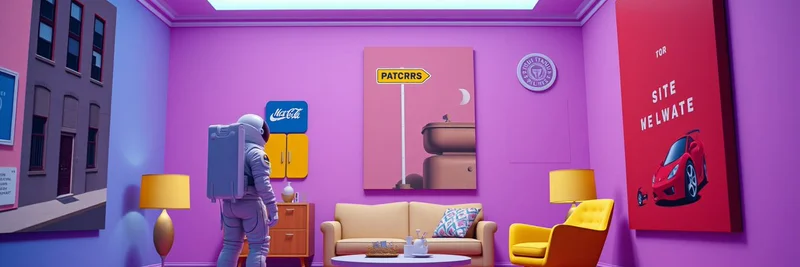In the fast-paced world of crypto, where meme tokens can skyrocket overnight based on community hype and viral trends, the underlying infrastructure matters more than ever. Recently, Friederike Ernst, co-founder of GnosisDAO and a key figure in the blockchain space, shared a powerful message on X: "The future of money CAN'T be proprietary. Open rails for the monetary commons!" She linked to an insightful article on Blockworks that dives into the ongoing battle for control over stablecoin ecosystems. You can check out the original post here.
This tweet isn't just a casual share—it's a call to action for the crypto community, emphasizing why openness in blockchain networks is crucial. Let's break it down and see how it connects to the wild world of meme tokens.
The Battle for Stablecoin Supremacy
Stablecoins, for those new to the scene, are cryptocurrencies designed to maintain a steady value, often pegged to real-world assets like the US dollar. Think USDT or USDC—they're the reliable workhorses that let you trade volatile assets like meme tokens without constant price swings. The Blockworks article spotlights how blockchains are competing to become the go-to hub for these stablecoins, but it's not just about speed or scalability. It's about control versus openness.
Gnosis Chain, backed by GnosisDAO, is positioning itself as a neutral player in this race. Unlike some chains tied to specific stablecoin issuers (which could lead to favoritism or centralization), Gnosis focuses on being a permissionless platform. This means anyone can build and integrate stablecoins without jumping through hoops. As Julian Nesk, Gnosis's business development head, put it in the article, they're aiming to be "the chain of local currencies," supporting diverse stablecoins pegged to euros, pesos, or even niche regional assets. This approach bets on variety and openness to attract users globally, rather than dominating with one big USD-pegged token.
Why Open Rails Matter for Meme Tokens
Now, you might be wondering: How does this tie into meme tokens like Dogecoin, PEPE, or the latest cat-themed sensation? Meme tokens thrive on community, memes, and unrestricted access. They're often launched on open blockchains like Ethereum or Solana, where anyone with an idea and some code can create a token and let the internet decide its fate. Proprietary systems—think closed-off chains controlled by a single company—could stifle that creativity. If a chain prioritizes its own stablecoin or partners, smaller projects like meme tokens might get sidelined, facing higher fees, slower integrations, or even exclusion.
Gnosis's vision aligns perfectly with the meme token ethos. By advocating for "open rails," they're pushing for infrastructure that's like a public highway: accessible to all, without tollbooths favoring big players. This could mean easier liquidity for meme trading, better bridges for cross-chain swaps, and more DeFi tools that let retail investors participate without gatekeepers. In a world where meme tokens represent the democratization of finance—turning jokes into real value—open systems ensure that power stays with the community, not corporations.
GnosisDAO's Broader Impact on Crypto
GnosisDAO isn't new to this; they've been building since 2015, starting with prediction markets and evolving into a hub for decentralized tools like Safe (a popular multi-sig wallet) and CoW Swap (for efficient trades). Their chain acts as a testing ground for Ethereum upgrades, keeping things innovative and secure. The article contrasts Gnosis with competitors like Arc (tied to USDC issuer Circle) or Plasma (focused on USDT), warning that issuer-controlled chains might lead to a "centralization trap." Gnosis, on the other hand, embraces Ethereum's neutral spirit, making it a strong contender for a truly decentralized future.
As the article wraps up, it frames this as a fight over "who controls the rails of programmable money." Will we end up with corporate-owned systems, or public goods that anyone can use? Gnosis is betting on the latter, and for meme token enthusiasts, that's music to our ears. It means more opportunities for viral projects, regional adaptations (imagine meme tokens tied to local currencies), and a crypto ecosystem that's resilient and inclusive.
Looking Ahead: Implications for Meme Investors
If you're deep into meme tokens, keep an eye on projects like Gnosis. Their focus on openness could lower barriers for new launches, boost liquidity through diverse stablecoins, and even inspire meme-themed stablecoins for fun, community-driven experiments. In the end, Ernst's tweet reminds us that the true power of blockchain lies in its openness—proprietary models might offer short-term gains, but they risk undermining the very freedom that makes crypto exciting.
Stay tuned to Meme Insider for more updates on how blockchain innovations are shaping the meme token landscape. What's your take on open vs. proprietary chains? Drop your thoughts in the comments!


